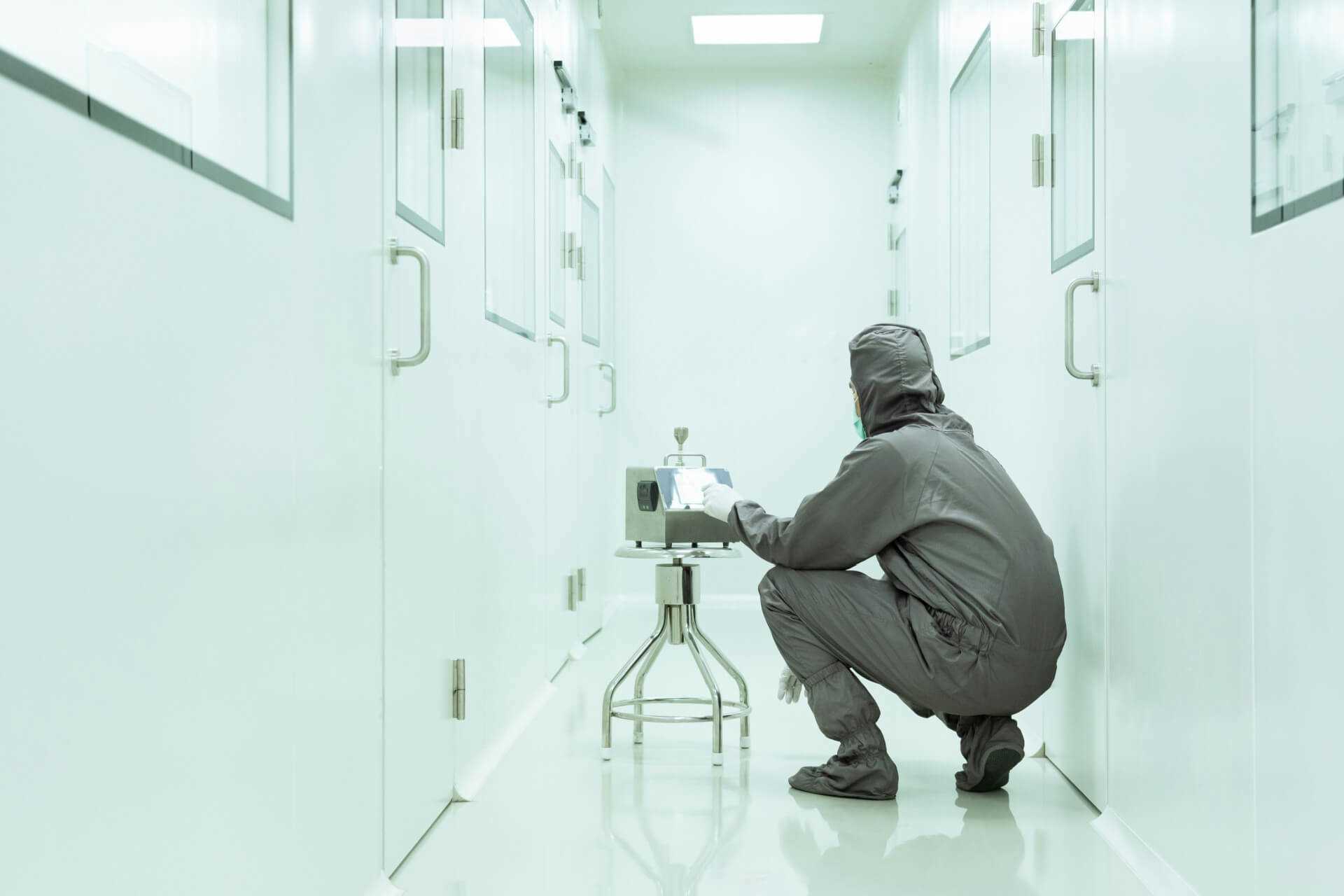
Best Practices for GxP Compliance in Pharmaceutical Cleanrooms
In the pharmaceutical industry, adherence to Good Practice (GxP) guidelines is fundamental to ensuring product safety and regulatory compliance. Cleanrooms play a pivotal role in this context, serving as controlled environments where contaminants are meticulously managed. This blog explores the best practices for maintaining GxP compliance in pharmaceutical cleanrooms, highlighting Vibraclean’s approach to achieving and sustaining these critical standards.
Understanding GxP Compliance
GxP encompasses a series of regulations aimed at ensuring that life sciences products are safe, meet quality standards, and are effective. These practices cover all aspects of production, from the raw materials, premises, and equipment to the training and hygiene of personnel involved. Specifically, Good Manufacturing Practice (GMP) is crucial for pharmaceutical cleanrooms, setting stringent standards for the manufacture of medicinal products.
Core Elements of GxP Compliant Cleanrooms
Achieving GxP compliance in cleanrooms requires meticulous attention to several key elements:
• Air Quality and Filtration: Ensuring that air supply is filtered through HEPA or ULPA filters to remove contaminants effectively.
• Surface Cleanliness: Regular cleaning and disinfecting of all surfaces to prevent the accumulation of contaminants.
• Personnel Protocols: Comprehensive training for all personnel on proper gowning procedures, behavior in cleanrooms, and contamination control practices.
Implementing Best Practices
Vibraclean emphasizes the importance of integrating compliance into daily operations through several best practices:
• Regular Validation and Calibration: Regularly scheduled validation of equipment and calibration of monitoring devices to ensure optimal operation within specified parameters.
• Rigorous Training Programs: Ongoing training programs that are updated to reflect the latest regulatory changes and technological advances, ensuring that all personnel are competent and compliant.
• Documented Procedures and Quality Checks: Detailed documentation of all procedures and consistent execution of quality checks to ensure compliance and facilitate audits.
Maintaining Continuous Compliance
Maintaining GxP compliance is an ongoing effort that requires continuous monitoring and adaptation:
• Environmental Monitoring Systems: Implementing real-time environmental monitoring systems to continuously assess the state of cleanrooms and respond promptly to deviations.
• Audit Readiness: Keeping all documentation and records audit-ready by employing systematic record-keeping and review practices.
• Feedback and Continuous Improvement: Encouraging feedback from personnel and auditors to identify areas for improvement and implementing corrective actions swiftly.
Conclusion
GxP compliance is not just a regulatory requirement but a cornerstone of quality assurance in pharmaceutical manufacturing. By adhering to the best practices outlined, pharmaceutical companies can ensure that their products are manufactured in a clean and controlled environment, minimizing risks and enhancing product integrity. Vibraclean’s expertise and dedicated approach to cleanroom management play a crucial role in supporting companies to achieve and maintain these standards, thereby safeguarding public health and business operations.
